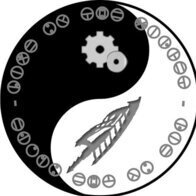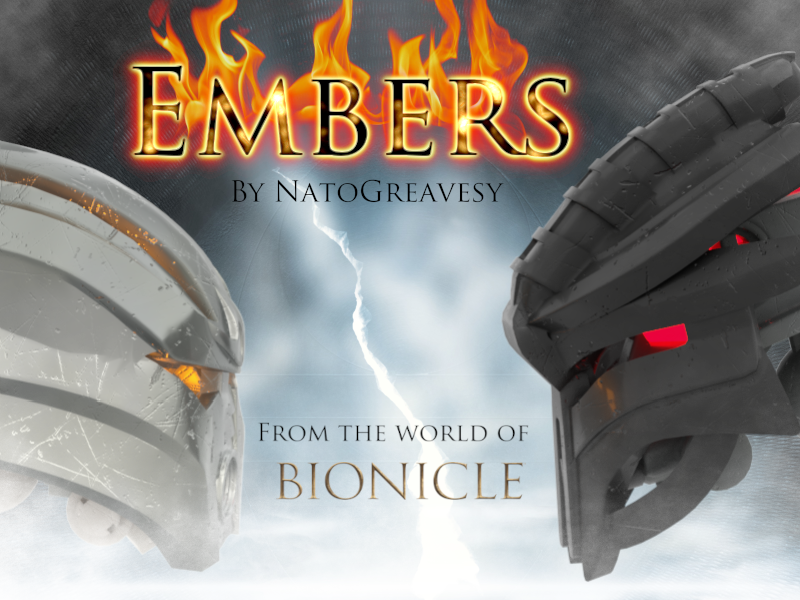
___________________
Deep down, everyone’s afraid of the dark.
It’s a powerful, primal thing, an instinct born long before any of us were created. In the dark, anything could be waiting.
A ravenous rahi, a roving Rahkshi, Karzahni or Irnakk or Tren Krom or any one of the other nightmares of legend.
But now we know there’s nothing waiting for us in the dark.
Nothing at all.
And somehow, that makes it even more frightening.
___________________
In this alternate reality take on the Bionicle story, the Great Spirit Robot was mysteriously shut down shortly after Teridax took over. In the wake of this second Great Cataclysm, lightstones and heatstones begin to dim and die throughout the universe, dooming its denizens to a dark, cold demise.
Metru Nui – with lifegiving light still seeping through the sun holes overhead, and its cold streets heated by the fires of the Great Furnace – becomes the last bastion for the Matoran species. But when the city’s Toa depart to rescue Matoran still trapped out in the dark of the dying universe, they leave the populace vulnerable to the machinations of an unexpected enemy, and return to a city they no longer recognise…
Work on Embers began in August of 2022. During that time, I was writing for my Farewell To Corpus Rahkshi collaboration, which put me in a nostalgic, inspired frame of mind, motivating me to finally act on some story concepts I’d been toying with for a long time.
Embers was originally envisioned as a trilogy of three “books” that I expected to be ready for release sometime in 2023, but the story ballooned massively in size and scope as I began work on it, expanding to six instalments instead. Due to my nasty habit of starting projects, getting overwhelmed, and not finishing them, I was determined to fully complete a first draft before I began posting anything. I felt that being able to go back and revise the story as a whole would also allow for a more cohesive and consistent narrative overall. As I post this teaser, I’m finishing off the first draft of Book 6. While I’ll still need to carry out a few editing passes (and probably completely rewrite some parts I rushed through), I’ll absolutely be in a position to begin posting chapters sometime later this year.
This is by the far the biggest project I’ve attempted and actually followed through on, and I’ve already got ideas for a possible sequel trilogy if the story is well-received. Keep an eye out on the Epics forum for the official release in the coming months.
- Read more...
- 2 comments
- 81 views

